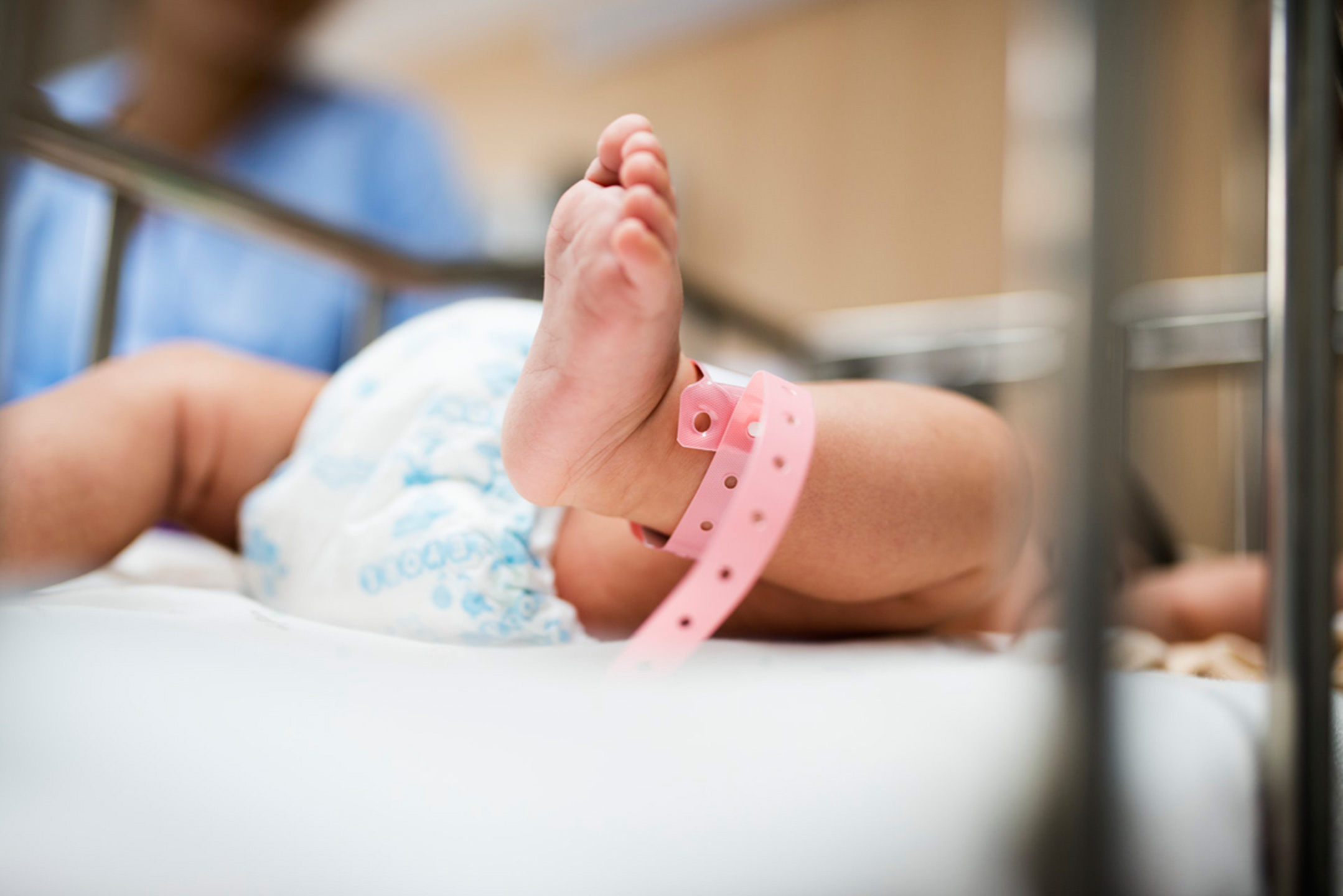
31 Jan One mother’s instincts saves her daughters life
I know instinctively something is wrong.
I really should be sleeping…3:30am…3:33am…3:40am. Thirty-two weeks’ pregnant, and it’s the morning of my 36th birthday. The little one inside me, my second daughter, is more active than usual. Maybe she knows tomorrow is my last day of work and is celebrating early, or maybe she’s practising for a soccer career. Thoughts of future morning lie-ins and quiet cups of tea scramble in my mind, along with the catalogue of work tasks left unfinished. I can’t fight the bustle in my mind, so I get up.
By nighttime my body feels different. I barely notice the slight sense of downward dragging, which I haven’t experienced before. I brush aside the feeling, give in and waddle down the hall. Perched on the toilet I stare down in the half-light. I can just make out a dark smudge in my underwear. My heart stops. I switch on the light: blood, thick blood, and more in the toilet below. The slight pulling ache in my abdomen morphs into a dull contraction. Yes, it’s been a while – just under three years – but I know the sensation. At that moment I know instinctively something is wrong.
I look at my husband and start to panic
The contractions grow from dull to crippling as we make our silent drive to the hospital. The baby’s kicks become violent and aggressive, as if to say, “Get me out of here”. The logical side of me knows this activity is a good sign, she’s vital, but the bleeding and contractions are coming strong and fast. For one brief moment I look at my husband and start to panic, “It’s too soon, it’s too soon”. He puts his hand on my knee in an attempt to comfort me, but the furrow in his brow and worry in his eyes fail to offer the support I need. He can’t camouflage just how worried he is, he can feel it too.
From the gloom of the car park to the luminosity of the hospital lift; we make our way up to the hospital birthing suites. The floral arrangements, magazines, peach walls and soft furnishings at reception are at odds with the danger I feel is imminent.
Strapped to an array of monitors the midwives make the call to my obstetrician. I’m bleeding, heavily, and they can’t see a reason for it. The ultrasounds can’t detect anything significant. Wriggles, as we have nicknamed her, is starting to falter. I can tell she’s slowing down, but not to rest. She seems to be giving in. I get jabbed with steroids twice over the next 36 hours.
“Do you feel she’s not the same as normal?”
My obstetrician calls on a colleague to help. He also performs an ultrasound scan, but no cause is detected for the bleeding. He asks me what seems such a pedestrian and distinctively non-medical question, “Do you feel she’s not the same as normal?” I exhale slowly and pause. I wasn’t expecting this. “You’re sensible,” he continues, “and you know your baby”. I respond quietly, almost in a whimper. I know she’s better off inside me but, “Yes,” I respond, “Yes”. He rocks back on his heels, “Well, let’s get her out of there”.
An emergency Caesarean
The decision is quickly made to perform an emergency Caesarean. We know she will be small, but all we hope is for her lungs to perform. Surrounded by more doctors, nurses and specialists than I ever hoped to see, the cut is made and out is pulled a 1.5kg perfect pink doll. Immediately she arches her neck slightly back, hands curled under and with her mouth open wide she lets roar. It’s the perfect sound. We did it, she’s breathing. A miracle. I can’t even think about her challenges to come, all I want to feel is this moment: relief at the sound of her first cry. The posterior placenta is pulled out and in a flash of dark red I can see the back wall is clotted and marred. Later, the obstetrician tells us that given the state of her placenta, the Caesarean was performed not a moment too soon; it would have surely ruptured.
The first night in the maternity ward I lie awake listening to a chorus of healthy newborns. The reality of the tiny little baby in the special-care unit hit me. She was weeks away from being a true ‘newborn’.
With all the energy my post-Caesarean body allows the next morning, I shower, dress and wait. Every three hours I visit the nursery. There are no cuddles, just the cold unresponsive sight of my daughter in the humidicrib, surrounded by tubes. She should’ve still been inside me and I curse my body for failing her.
I will never be sure what lucky really means
After five days I’m quietly asked to leave her side and check out of the hospital. It’s a lonely drive home. No balloons, no pink cupcakes to celebrate her birth. Just silence. I dive into business mode. I diarise every four-hour meeting with the hated breast pump. I hold my breath every time I visit special care as I see other mothers cry when babies succeed and others fail. But my little girl is sleeping beauty. No smile, but no pain. The nurses are marvellous, telling me every day over the course of six weeks how she is one of the lucky ones. They even nicknamed her bed the ‘lucky cot’.
One visit, my breastmilk syncs in time with her tube feed, she wakes at the perfect moment. She arches her back, stretches and looks straight at me. As I hold her she begins squirming and suckling trying to find my nipple. With a strength beyond her 2kg frame, she latches and suckles. It is the most marvellous moment.
Our daughter is now almost five and preparing for primary school. She’s taller than her peers, courageous, funny, sassy, thoughtful, clever and quite the little alpha female. I will never be sure what lucky really means, but it’s close to how I feel about Isla.
Words: Anne-Maree Brown



